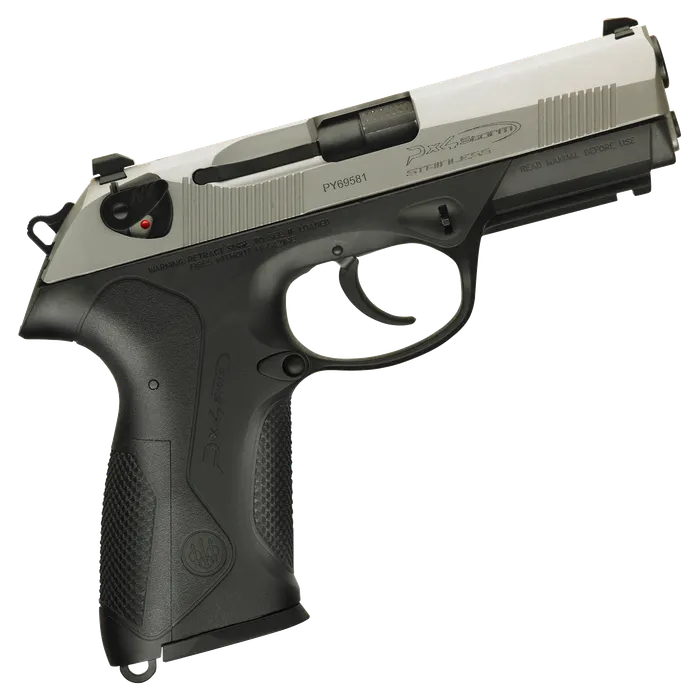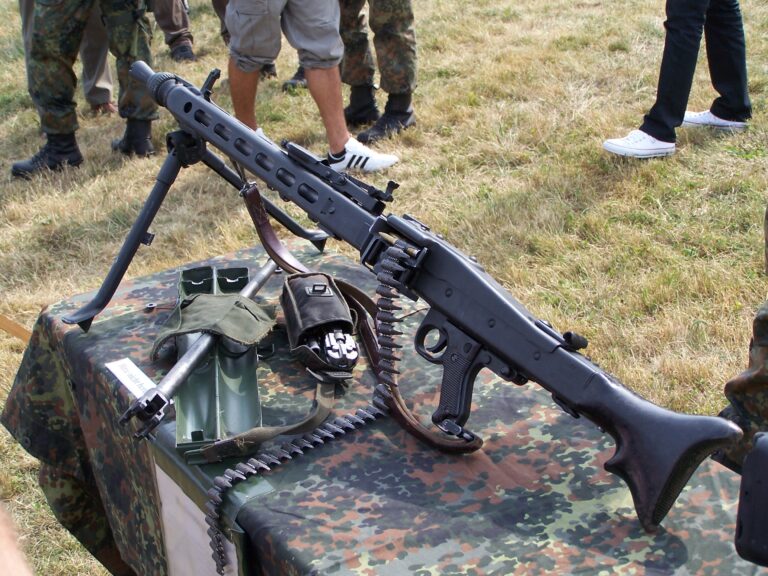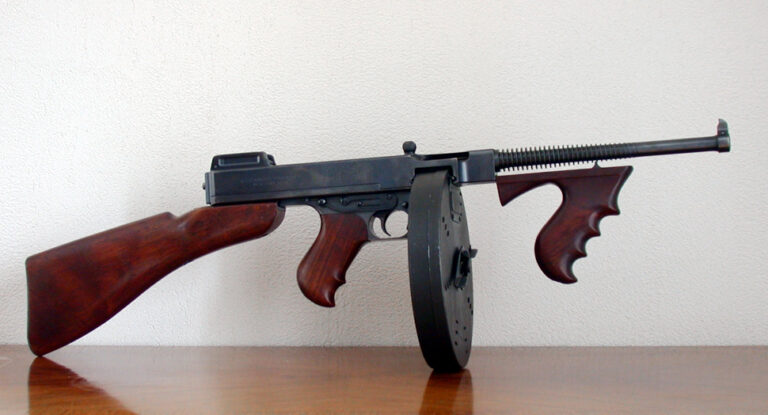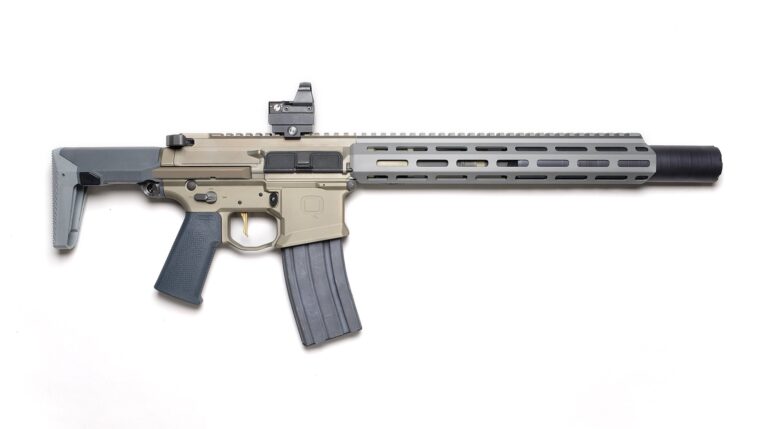Introduction
The Tokarev TT-33 is much more than just a military pistol: it embodies the Soviet approach to small arms design, combining mechanical simplicity, ballistic efficiency and mass production capability. Designed by Fedor Tokarev in the early 1930s, it was adopted to replace the Nagant M1895 revolver, which had become obsolete at the dawn of the 20th century’s major conflicts. For decades, the TT-33 remained a mainstay of Soviet personal weaponry and a symbol of the Second World War.
History of the Tokarev TT-33
Origin and development
In the 1920s, the USSR sought to modernize the weaponry of its troops, particularly handguns. The Nagant revolver, despite its robustness, suffered from slow loading, limited capacity and modest ballistics. Fedor Tokarev, an experienced engineer who had already collaborated on the design of heavy weapons, drew inspiration from several Western models, including the famous Colt 1911, to create a modern, simplified and easily industrialized weapon: the TT-30.
The TT-30 was tested and quickly replaced by the TT-33, a modified version with interchangeable parts and even more streamlined machining. The model was officially adopted by the Red Army in 1933.
World War II and after
The TT-33 was used on a large scale during the Second World War, equipped by millions of Soviet soldiers in every theater of operation on the Eastern Front. Appreciated for its reliability in extreme conditions and its firepower, it was produced at a sustained industrial rate.
At the end of the war, the TT-33 was distributed throughout the Eastern Bloc. It was copied or produced under license in many countries: China (Type 54), Yugoslavia (Zastava M57), Romania (TT Tokagypt), North Korea, Egypt and Hungary. Some of these versions incorporate modifications, such as additional safeties or larger-capacity magazines.
The TT-33 remained in service with many armed forces and police forces until the 1980s, and even later in some parts of Asia and Africa.
Technical data
| Element | Detail |
|---|---|
| Model | Tokarev TT-33 |
| Caliber | 7.62×25 mm Tokarev |
| Empty weight | 850 g |
| Total length | 196 mm |
| Barrel length | 116 mm |
| Capacity | 8 shots (detachable magazine) |
| Mechanism | Single-acting, wedged cylinder head |
| Materials | Machined steel, Bakelite inserts |
| Special features | Quick disassembly, sleek design |
Ergonomics and design
The TT-33 is a model of industrial rationality. Its architecture is based on a reduced number of parts, and its design favors mass production in a war context. The breech operates by short recoil and pin lock, a tried-and-tested system that ensures a fast, reliable firing cycle.
Unlike many Western pistols, the TT-33 has neither a grip safety nor a manual slide safety (with the exception of some export versions, where a side safety has been added to meet civilian standards). This choice reflects a Soviet philosophy based on maximum simplicity, to the detriment of certain safety aspects.
The 7.62×25 mm Tokarev cartridge, derived from the 7.63 Mauser, develops a high muzzle velocity (~450 m/s), making it capable of perforating light individual protection and offering a taut trajectory at short to medium range. Although aging, this ammunition is still used in some countries and has a fearsome reputation on the battlefield.
The weapon is easily dismantled without tools, and the internal parts are designed to withstand prolonged use without sophisticated maintenance.
Comparison with other contemporary military pistols
| Model | Gauge | Capacity |
|---|---|---|
| Tokarev TT-33 | 7.62×25 mm | 8 shots |
| Colt 1911 | .45 ACP | 7 shots |
| Walther P38 | 9×19 mm | 8 shots |
Compared to its contemporaries, the TT-33 is lighter and faster in terms of terminal ballistics. It suffers, however, from more Spartan ergonomics and a dry recoil, accentuated by the power of its ammunition. Its minimalist design contrasts sharply with the German sophistication of the P38 or the ballistic comfort of the Colt .45.
Contemporary use
Today, the Tokarev TT-33 is mainly present on the civilian market as a collector’s item or sporting pistol. Shooters appreciate its accuracy, retro styling and the historical character of each piece. The affordability of some versions, notably the Chinese and Yugoslav copies, makes them a popular option for beginners to military surplus weapons.
However, the absence of a modern safety and the power of its cartridge make it a weapon requiring caution and rigor in handling. Some models have been modified to use other, more accessible calibers, but this reduces the gun’s historical value.
The TT-33 also remains an object of study for historians and gunsmiths interested in the Soviet period. It embodies an era when industrial warfare imposed radical technical choices, favoring robustness and quantity over elegance or comfort.
Conclusion
The Tokarev TT-33 is much more than just a service pistol. It is the product of a military strategy in which simplicity, efficiency and the massification of weaponry were essential. While it may seem rustic by today’s standards, it remains a milestone in the history of armaments. Its longevity, its influence on other models, and its worldwide distribution make the TT-33 a must-have for any twentieth-century military weapons enthusiast.









